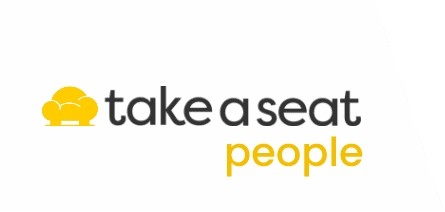
If you have read any business website or career publication lately, you have likely heard about “quiet quitting.” This ubiquitous hashtag that originated on TikTok features employees proudly touting their rejection of the hustle-culture mentality that blurs the lines between work and personal life. The online community quickly found its new cause to champion, and the next viral trend was born.
For years, these employees were simply known as “disengaged,” not willing to cater to employers that demanded far more than the duties printed on job descriptions. But add an alliterative name and a little hashtag heroism and suddenly, hundreds of videos and millions of views are generated by those willing to put employers on blast for trying to squeeze a few extra drops of productivity at employees’ expense.
Deprioritizing work/life balance in order to maximize profits is nothing new. Additionally, the pandemic normalized remote work, and where work life had once occasionally bled into home life, it began hemorrhaging. Quiet quitting is simply the next step in the post-pandemic work evolution, riding the Great Reshuffle’s coattails.
While the benefits of quiet quitting are more predictable, the drawbacks are less frequently mentioned, particularly with regard to future job prospects. Once the trendy buzz wears off, what’s in store for employees and job seekers? Let’s look at both sides.
The Pros
Two more topics that have taken center stage since the pandemic are burnout and mental health, both prompted in part by employee overwork and fatigue. For years, we’ve looked to the startup culture of Silicon Valley as the pinnacle of success. We’ve heard about the 130-hour workweeks and watched 20-somethings become billionaires after dropping out of college. We’ve heard stories of young professionals literally being worked to death only to say, “Well, I guess that’s the price of success.”
But it took a worldwide pandemic to realize the ridiculousness of it all. No amount of success is worth sacrificing one’s physical and mental health, family, friends, personal time, etc. Unfortunately, some employers have yet to realize this, and workers are now pushing back. It’s a relevant topic that’s been a long time coming, and it took a short-form video app to bring it to light. As the trending hashtag racks up more views and expands to other platforms, perhaps these employers will finally give some thought to work/life balance.
The Cons
One thing social media has taught us over the past decade is that the internet doesn’t forget. Old posts will come back to haunt you, no matter how much you regret them and try to wipe the slate clean. Social media has also become a powerful recruiting tool, with 70% of employers researching candidate profiles during the hiring process. What kind of message does quiet quitting send to prospective employers?
Nobody knows what the future holds. Quiet quitters may get laid off, or simply decide to change jobs as their career progresses. When employers view the quitters’ viral posts, their first impression will be what these candidates are NOT willing to do rather than what they are to help the company succeed. As mentioned earlier, quiet quitting originated from employers pushing boundaries, but not all employers are guilty. Some are sensitive to employee needs and provide a supportive culture with plenty of work/life balance. The chances are slim of any employer extending a job offer to a candidate who makes a bad first impression. Perhaps the boundary-setting rants should be postponed until after an offer is received, a work schedule is established and a two-way conversation can be had.
Social media trends are like pop songs – there’s always a new one about to be released that will take the attention away from the last. But every few years, buried among the dangerous challenges and choreographed dances, a trend surfaces that actually brings attention to a worthy cause. #Quietquitting has accomplished this, but time will tell if it inspires positive change. Until then, it’s a candidate’s market, and job seekers have more choices than they have in years. A little due diligence on employer review sites and company social media pages can help them find the work/life balance they seek while sending a strong message to employers still unwilling to provide it.






